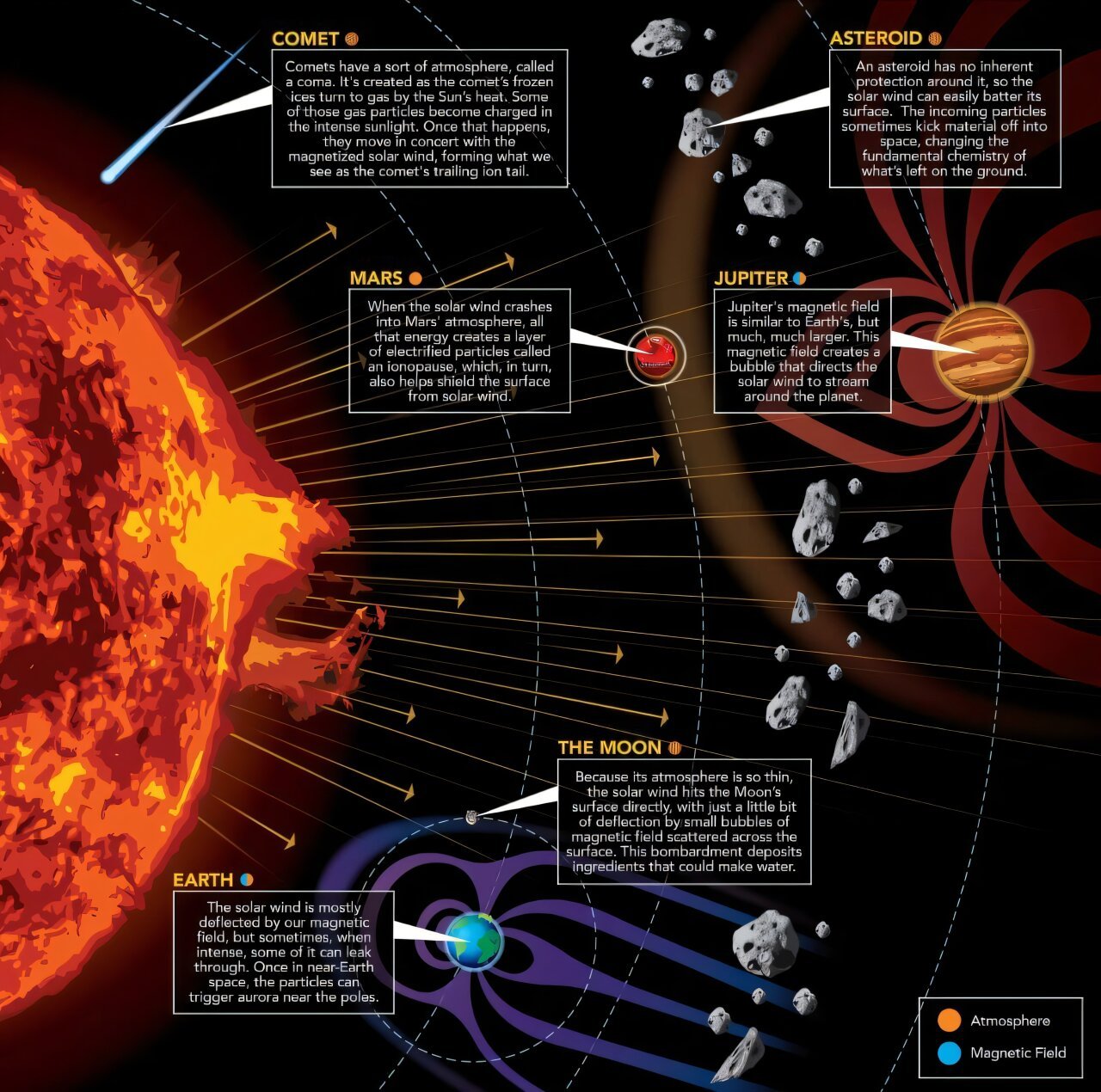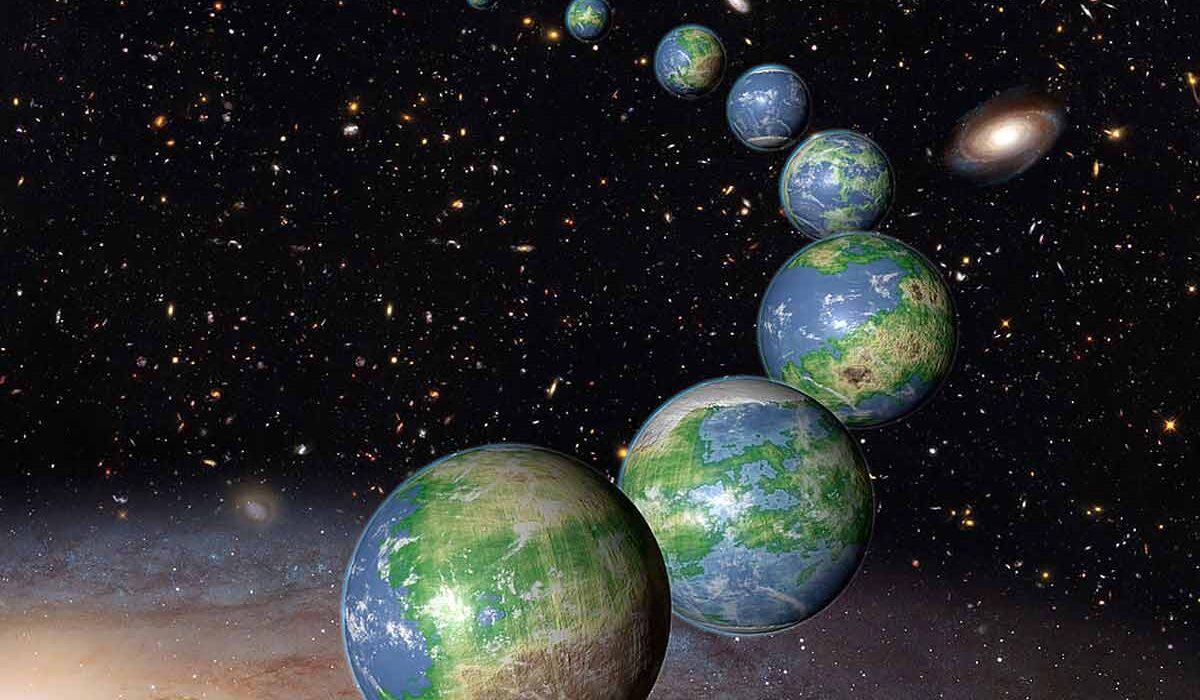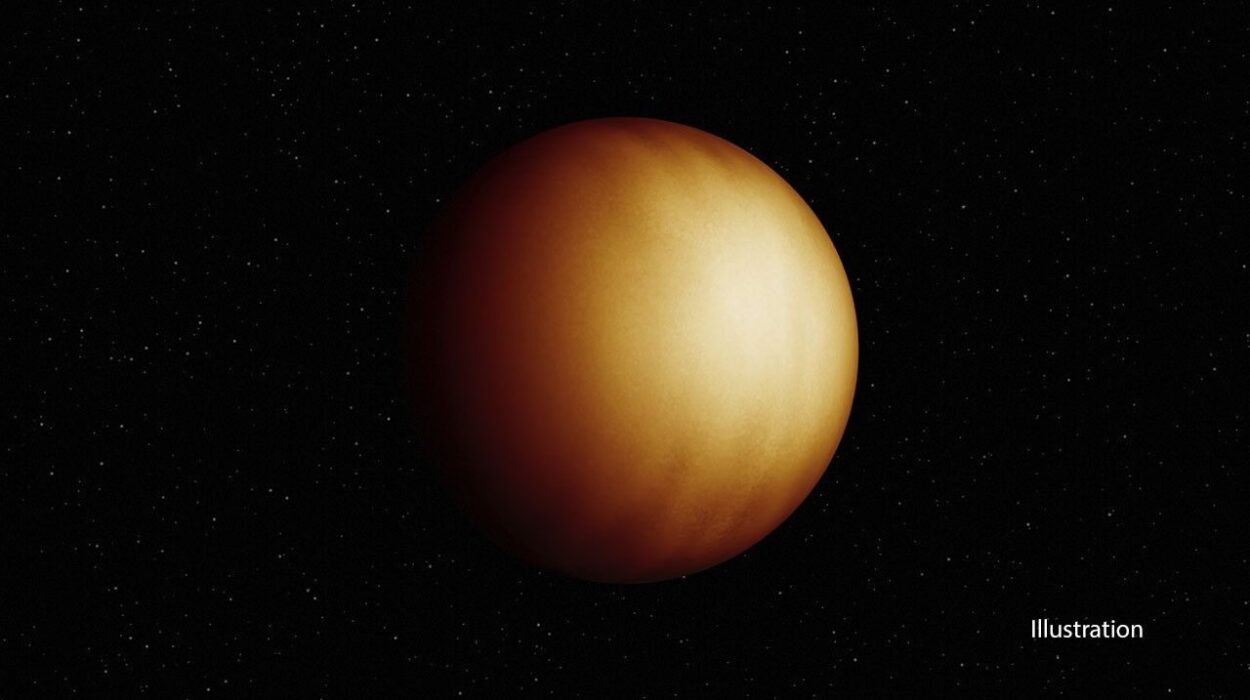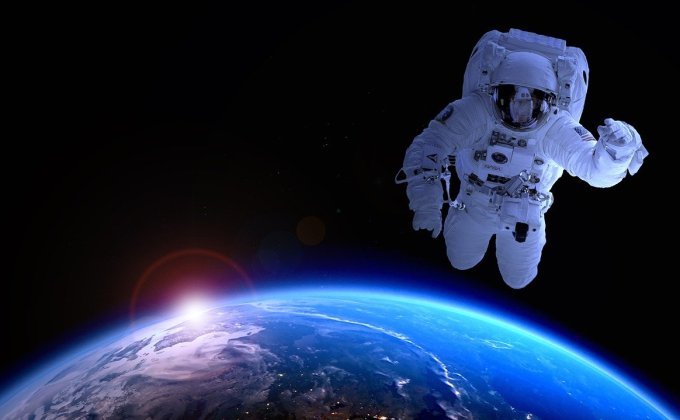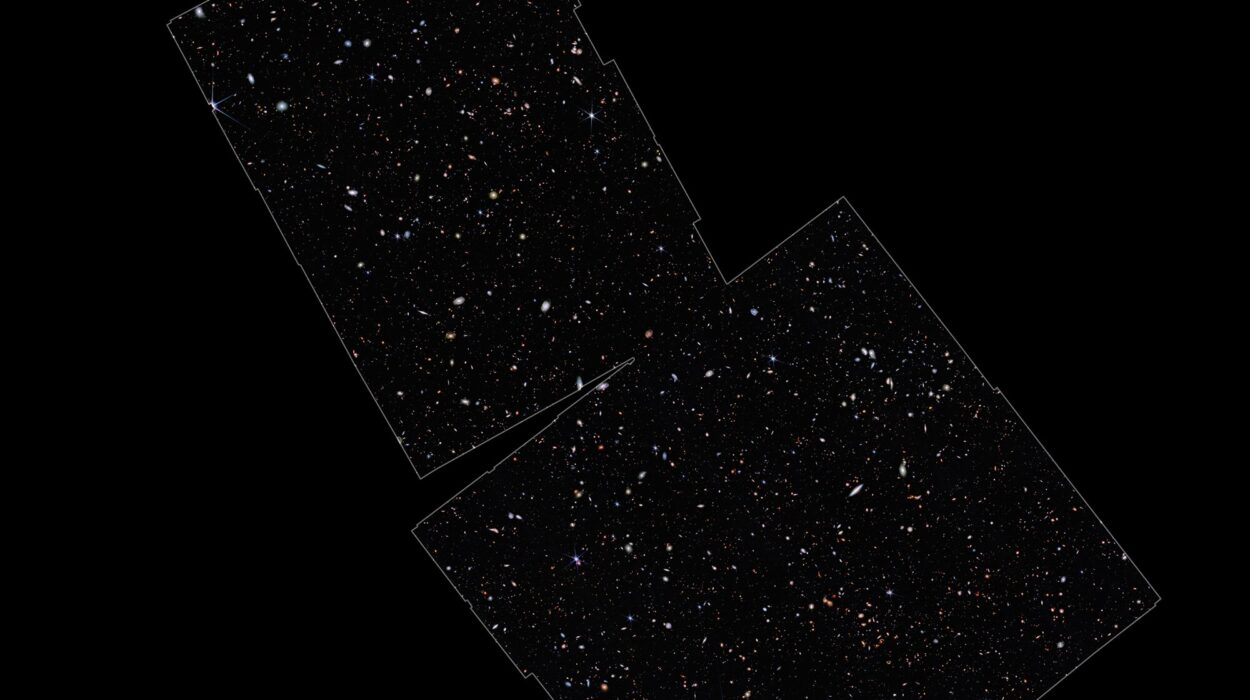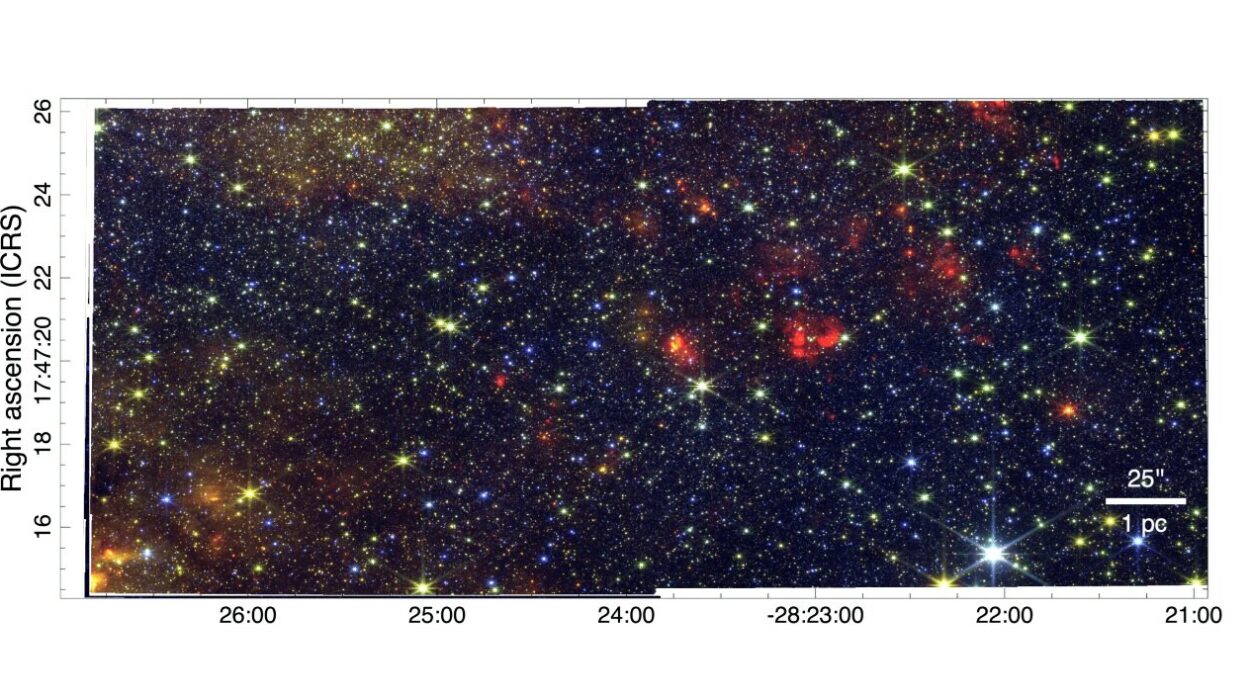Since Isaac Newton first formalized the concept of gravity, its role as the dominant force governing the movements of celestial bodies has been firmly established. Gravity dictates the orbits of planets, their moons, and even the vast swarms of asteroids and comets that populate our solar system. It’s responsible for keeping the planets in their elliptical paths around the Sun, and it controls the motions of moons as they circle their parent planets. This invisible force, exerted by objects with mass, ensures that the universe’s massive bodies remain tethered to one another in a stable configuration.
However, while gravity is undoubtedly the most prominent force in shaping the solar system, it is not the only force at play. A recent study published in The Planetary Science Journal, authored by David Jewitt from the University of California, shines a light on other forces that influence the movement and behavior of smaller bodies in our solar neighborhood, such as comets, asteroids, and other minor objects. These forces, while often overlooked in favor of gravity, play significant roles in shaping the dynamics of our solar system and driving the motion of these smaller bodies.
Understanding the Forces in Our Solar System
At its core, gravity is a force of attraction. The Sun, with its enormous mass, exerts an immense gravitational pull, binding the planets, comets, asteroids, and other objects in orbit around it. This force is balanced by the objects’ orbital velocities, creating stable, predictable paths. For planets, this results in elliptical orbits governed by Kepler’s Laws of Planetary Motion, which describe how planets move in relation to the Sun. Gravity is also responsible for maintaining the orbits of moons around their parent planets and is the source of tidal forces, such as the ocean tides on Earth caused by the moon’s gravitational pull.
Yet, despite gravity’s overwhelming importance in governing the large-scale structure of the solar system, Jewitt’s paper highlights a series of additional forces that influence smaller bodies, like comets and asteroids, in ways that are not immediately obvious. These forces, which operate on different principles from gravity, can sometimes have a far-reaching impact on the behavior and trajectories of these smaller objects.
Recoil from Sublimating Ice on Comets
One of the most intriguing forces discussed in the paper is the recoil force resulting from the sublimation of ice on comets. When a comet approaches the Sun, its surface heats up, causing ice to vaporize directly into gas without first becoming liquid. This process is known as sublimation, and it occurs because of the intense solar radiation that bombards the comet’s surface. As the ice turns into gas, the gas molecules escape the comet, carrying momentum away with them.
This action leads to a recoil effect, as described by Newton’s Third Law of Motion, which states that for every action, there is an equal and opposite reaction. Just as firing a bullet from a gun generates a backward force on the gun, the sublimating ice produces a force on the comet, pushing it away in the opposite direction of the escaping gas. This recoil effect can influence the comet’s motion, gradually altering its orbit. The antisolar direction—opposite the Sun—becomes important here, as the ice sublimates away from the Sun, pushing the comet in the opposite direction.
This force is especially noticeable on small bodies like comets and asteroids, where the effect of sublimation can cause noticeable changes to their trajectories over time. Since the sublimation process is strongly dependent on temperature, the closer a comet is to the Sun, the more pronounced this effect will be. Over long periods, this can lead to significant changes in the orbits of comets, causing them to shift or even break apart if the forces are strong enough.
Radiation Pressure from the Sun
In addition to recoil, radiation pressure is another force that shapes the dynamics of small solar system bodies. Radiation pressure is the force exerted by light—specifically, the momentum carried by photons (the particles of light)—when it strikes an object. The amount of pressure exerted by radiation depends on the intensity of sunlight and the reflectivity of the object being impacted. The greater the reflectivity, the more force is exerted.
In the case of comets, radiation pressure can be responsible for pushing away small particles of dust and gas, creating the characteristic tails that stretch away from a comet’s nucleus. These tails are always oriented away from the Sun, as the radiation pressure pushes particles away from the comet’s head. While the force from radiation pressure is small, it still has an important cumulative effect, gradually altering the orbits of small bodies over time. It can cause objects with low mass to spiral outward or change direction, especially when combined with other forces like recoil or the gravitational influence of larger bodies.
Other Nongravitational Forces in the Solar System
Jewitt’s paper does not stop with recoil and radiation pressure but also touches on other nongravitational forces that can affect the motion of celestial bodies. For example, the torque produced by mass loss is another key factor to consider. As a comet loses mass due to sublimation, the loss of material is not always uniform. This imbalance can create a torque, or twisting force, that alters the object’s rotational motion and, in some cases, its orbital motion as well.
In addition, the study discusses the more general nongravitational forces that can act on comets, asteroids, and other smaller objects. These forces include the influence of the solar wind—a stream of charged particles emitted by the Sun—and the Yarkovsky effect, a phenomenon whereby an object’s rotation and orbit can change due to the way it absorbs and re-emits solar radiation. While these forces are subtle compared to gravity, they can still cause significant long-term changes to the trajectories of smaller bodies in the solar system.
Simplifications and Assumptions
An important aspect of Jewitt’s study is its acknowledgment that the paper simplifies the complex realities of orbital dynamics. For the sake of clarity and to present the forces in a more digestible manner, the study assumes that all orbits are circular and that bodies are spherical. In reality, celestial bodies are often irregularly shaped, and their orbits are elliptical. These simplifications do not negate the validity of the study’s conclusions but are made to provide rough estimates of the magnitudes of the various forces at play.
By simplifying the models, Jewitt’s paper makes these complex concepts accessible to a broader audience, providing a clear overview of the forces that influence the behavior of small bodies in the solar system. This is important because while gravitational forces are often the focus in planetary science, understanding the full range of forces at play is essential to gain a more complete understanding of the solar system.
Conclusion
While gravity will always remain the most important force in shaping the structure and motion of our solar system, the new insights provided by Jewitt’s paper highlight the significance of other, often overlooked forces that influence smaller objects like comets, asteroids, and space dust. Recoil from sublimating ice, radiation pressure from the Sun, and other nongravitational forces all play crucial roles in shaping the dynamics of the solar system.
These forces may not always be as dramatic as the gravitational pull of the Sun, but they are vital in explaining the behavior of small bodies, particularly in the outer reaches of the solar system where other forces can have more pronounced effects. By considering these forces, scientists can refine their models and predictions about the movement of these objects, helping us better understand the complex interactions that govern the solar system.
As research continues and we explore the solar system further, particularly through missions to comets and asteroids, the study of these nongravitational forces will only become more important in our quest to unravel the mysteries of the universe.
Reference: David Jewitt, Nongravitational Forces in Planetary Systems, The Planetary Science Journal (2025). DOI: 10.3847/PSJ/ad9824
